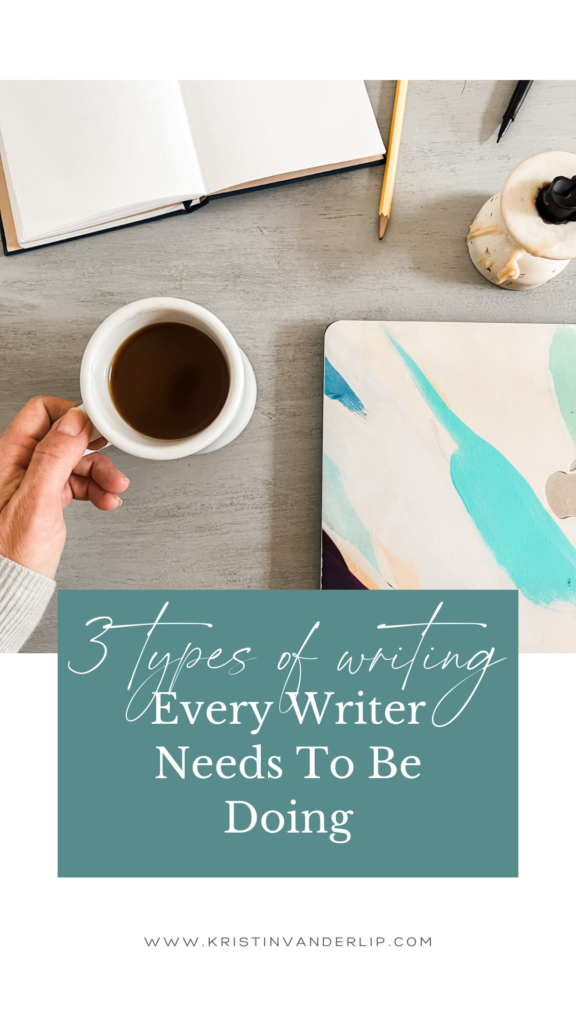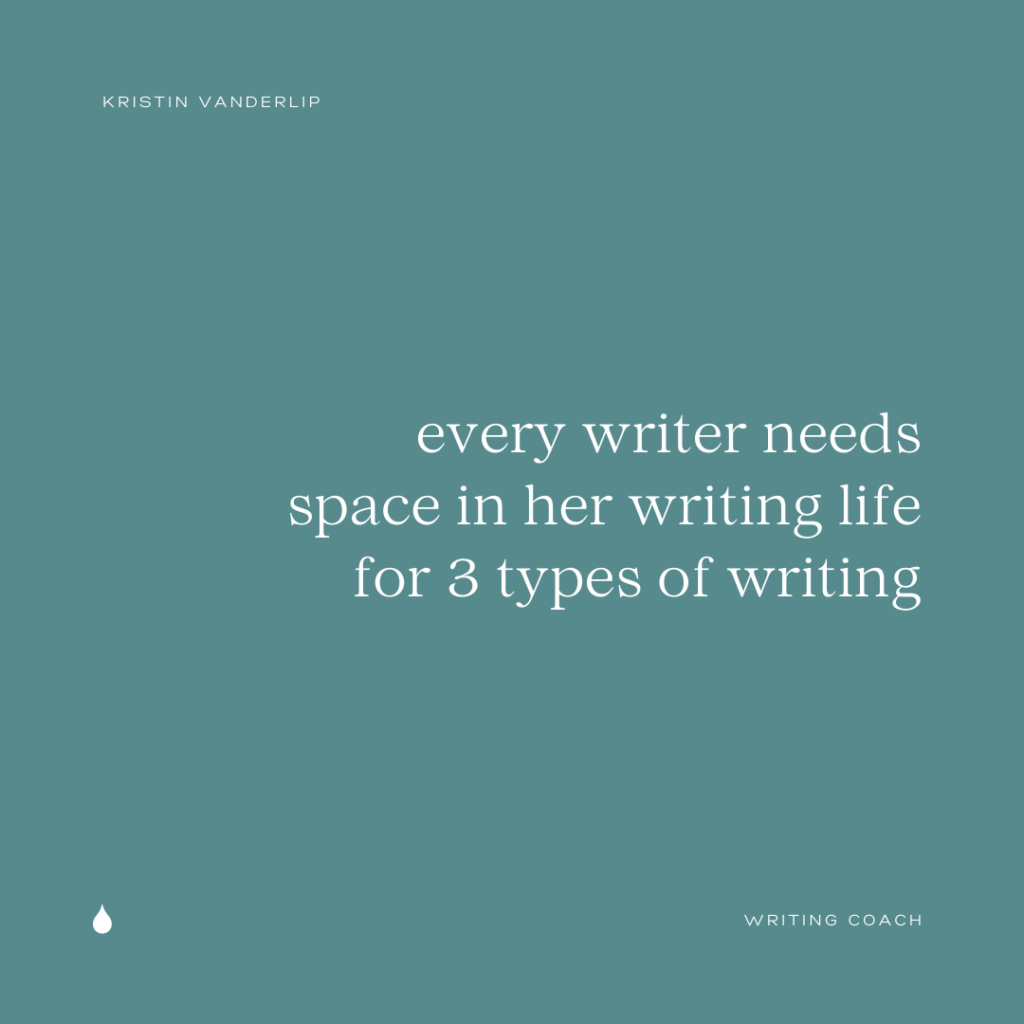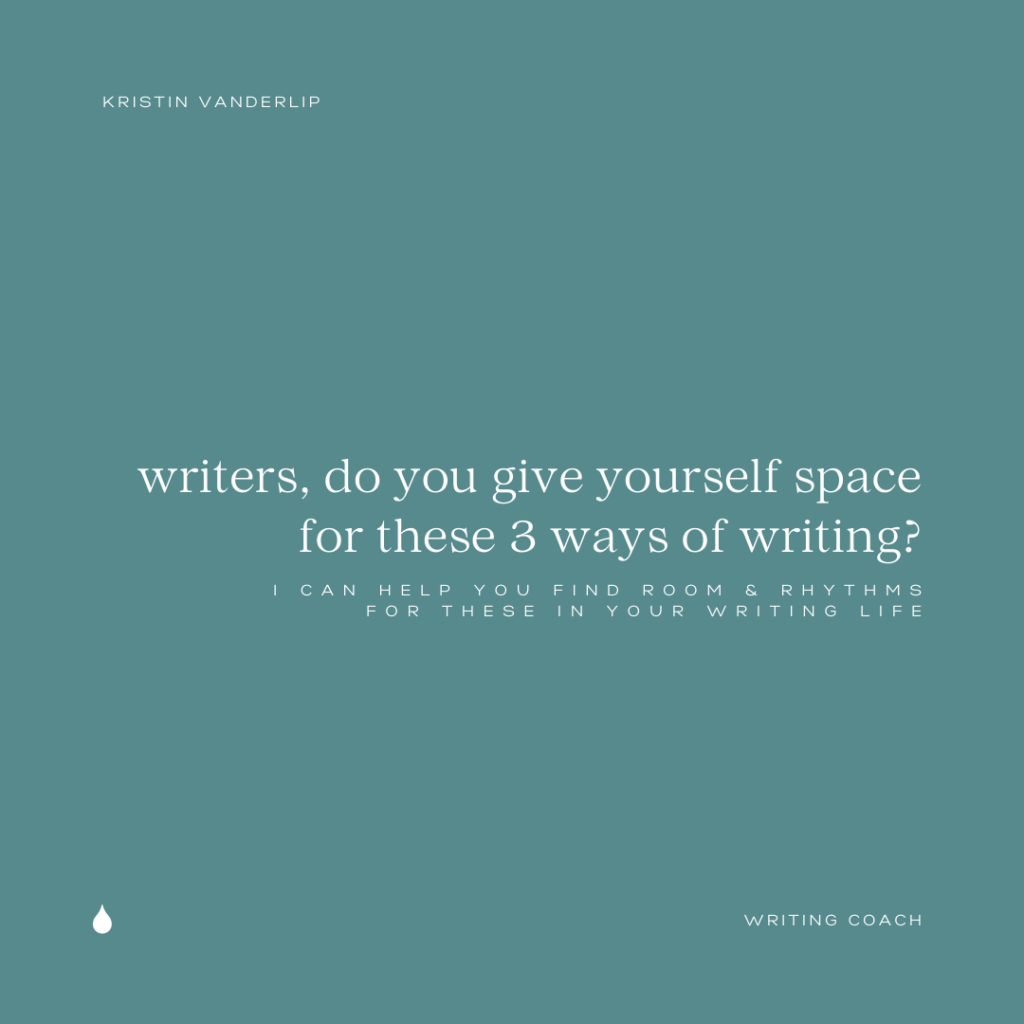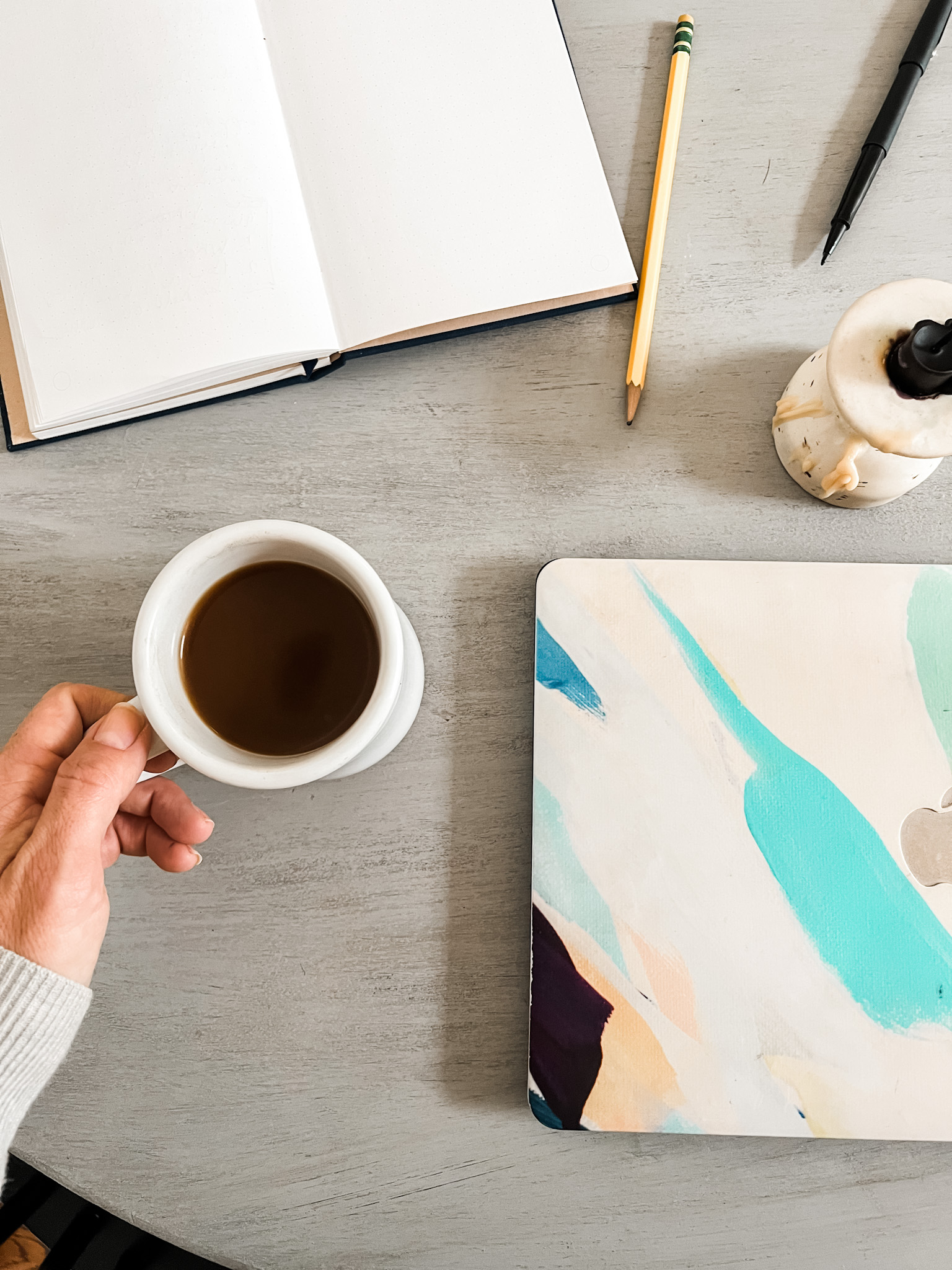FINDING THE TIME TO WRITE
It seems to be the elusive unicorn for any writer, especially the beginning writer just stepping into her life as a writer.
The day we schedule a time to write and put it on our calendar is a big day. We have finally mustered up the gumption to prioritize our writing and make it happen. We have taken the giant leap from the dreaming and longing stage to the actual doing and writing stage. As writers, finding time to write has required us to bravely express our needs and creatively get them met. And this is an achievement worth celebrating. Well done, writer. Well done.
We think that finding the time to write will solve our problem of not writing.
Unfortunately, this is not the case.
As soon as we arrive here, we typically find that the act of writing doesn’t happen as easily as we’d hoped it would.
THE PROBLEMS WE FACE
Maybe we sit down with our MacBook at the corner coffee shop only to find our writing ideas have suddenly left the room while a blinking cursor seems to be tapping its finger like a mean English teacher impatiently waiting for our words.
There we were, living out the dreamy writing scene we’d envisioned in our minds for so long. Yet suddenly we don’t know what to write. We can’t write. The words don’t come. Or they do but they’re not the words we wanted to write. And then maybe the shame comes pouring in even hotter than the latte we’ve been sipping on. We head home with bowed heads and sunken hearts thinking of all the priceless writing time we’ve wasted. We’ve failed.
Or maybe… instead of no ideas we have too many ideas (and keep in mind, these are two scenarios out of many that can plague any writer).
Maybe we sit down at our desk, pull out our notebook and laptop we’d prepared for such a time as this, light our favorite candle, and get ready to write about all the ideas we’ve been longing to write for weeks, months, maybe even years. Only the words don’t come because we’re paralyzed by the overwhelming number of ideas we want to write about. We don’t know where to start and/or we’re held hostage by an onslaught of doubts and fears that prevent or hinder our writing efforts.
Expectations don’t match reality. The Writing life remains hard even when we find the time to write.
It can be endlessly frustrating and discouraging when we don’t pause to think about the types of writing we need to be doing as writers.
Being a writer and creative is more about the process than the final product, as perhaps you’ve heard it said before, by Julia Cameron or other artists like Emily Jeffords. These brilliant minds are of course onto something key.
As a writer, recovering creative, and writing coach, I’ve realized that writers don’t just need time to write.

Writers need time for 3 specific types of writing.
Every writer needs space in her writing life for these 3 types of writing:
1 personal processing
2 playful crafting
3 purposeful publishing


Let’s take a look at what I mean by each of these types of writing you need space for in your life.
1 // personal processing
This is time spent listening to your life and processing your personal life on a journal page. Julia Cameron’s morning pages are an example of this type of writing. Sometimes these words can inspire you to play and/or publish them later — but really, in this writing space, they’re intended just for you.
Personal processing on the journal page (each day) trains you to hear YOUR true voice, the voice of your inner writer and creative as Cameron would call it. It also helps you recognize the other competing voices that impact your writing life — the voice of the Censor, inner critic, or resistance — and the Voice of the Creator.
You’ll often find that what blocks you in your writing life mirrors a personal life issue you’re facing (or avoiding). Giving yourself permission to explore and process in your personal life will help you make progress in your writing life.
And last but certainly not least, learning to show up to personally process on the page daily helps you build those muscles of consistency that you’ll likely desire when it comes to the other types of writing you want to do, especially if you’re pursuing writing professionally.
2 // playful crafting
This is time spent playing with words and connecting with the Creative flow that wants to connect with you. The writing that comes during time spent playfully crafting might be inspired by your personal processing or from something entirely different.
This type of writing is whimsical and sometimes comes when that fleeting inspiration strikes. Because you’ve learned to listen to your creative voice as a writer, you now give those playful ideas a place to go. You set them free and give them permission to just be and are open to seeing where they go. You do not set an agenda for these words. You do not judge their quality or coherence.
Like the first type of writing, this writing is free and unfiltered and still just for you—and is done for the sheer joy of creating and painting with words.
3 // purposeful publishing
This is time spent writing words you intend to share with a reader (ie: an Instagram caption, blog post, article, book, etc.). The first drafts of these words might come from the first two types of writing but do not have to. This type of writing has a clear purpose for a clear reader. These words are carefully crafted to be edited, refined, and shared publicly.
You’ll likely discover, as I have, that if you try just to write those words you want to publish without first making time for personal processing and playful crafting, you’ll likely be a frustrated writer who feels like she’s forcing her words and getting nowhere.
I’ve noticed if I’m leaning too heavily one way, I’ll experience burnout or frustration. Making space for all 3 types of writing leads to creative wholeness and contentment.
I’m a sucker for alliteration so here’s an easy way to remember.
“the 3 p’s of writing”
1 processing
2 playing
3 publishing
What this looks like and how much time you invest in each of these areas will be as unique as you. That’s another part of your journey to discover.
I do recommend at the very least you write for personal processing every morning–and if you’re going to pick one of these types of writing to start with, start here.
When it comes to playing and publishing, I’ve had the most success when I intentionally carve out time in my week to do these.
Oftentimes, the playful writing for me is the most unpredictable and happens when that inner muse stirs. I’ve learned to listen and follow where she leads, often dropping whatever else it is I’m doing to listen and write.
Your turn
Writers, which type of writing do you sense yourself needing to make more space for? What would it look like to include time to engage in these three types of writing?

can i help?
As a writing coach, I can help you find room & rhythms for any and all of these types of writing in your writing life. You can learn more about coaching here.
If you’re looking for a guide or prompts to help you get started with personal processing, grab my free journal pages here to learn how to listen to your life.

+ show Comments
- Hide Comments
add a comment